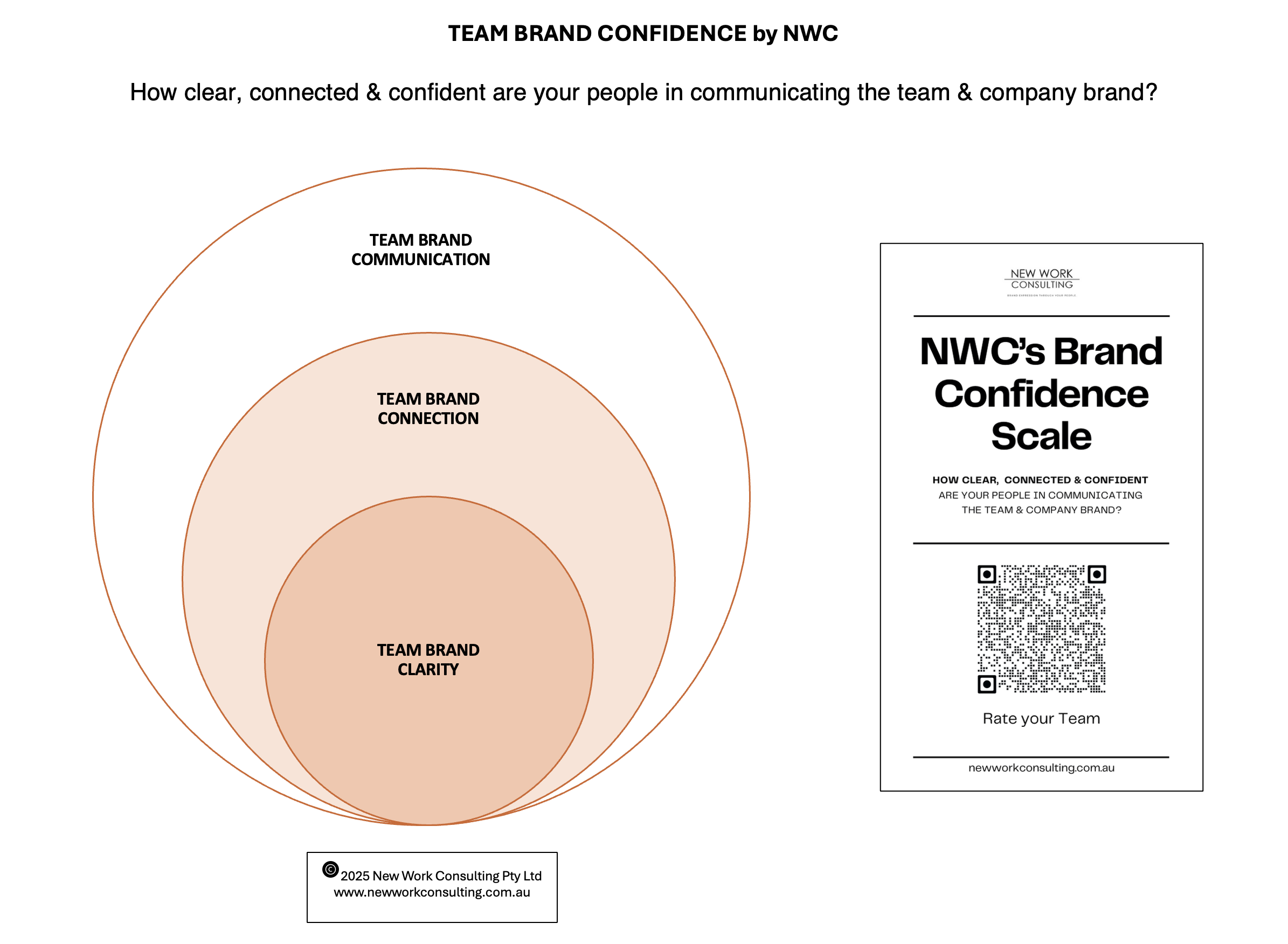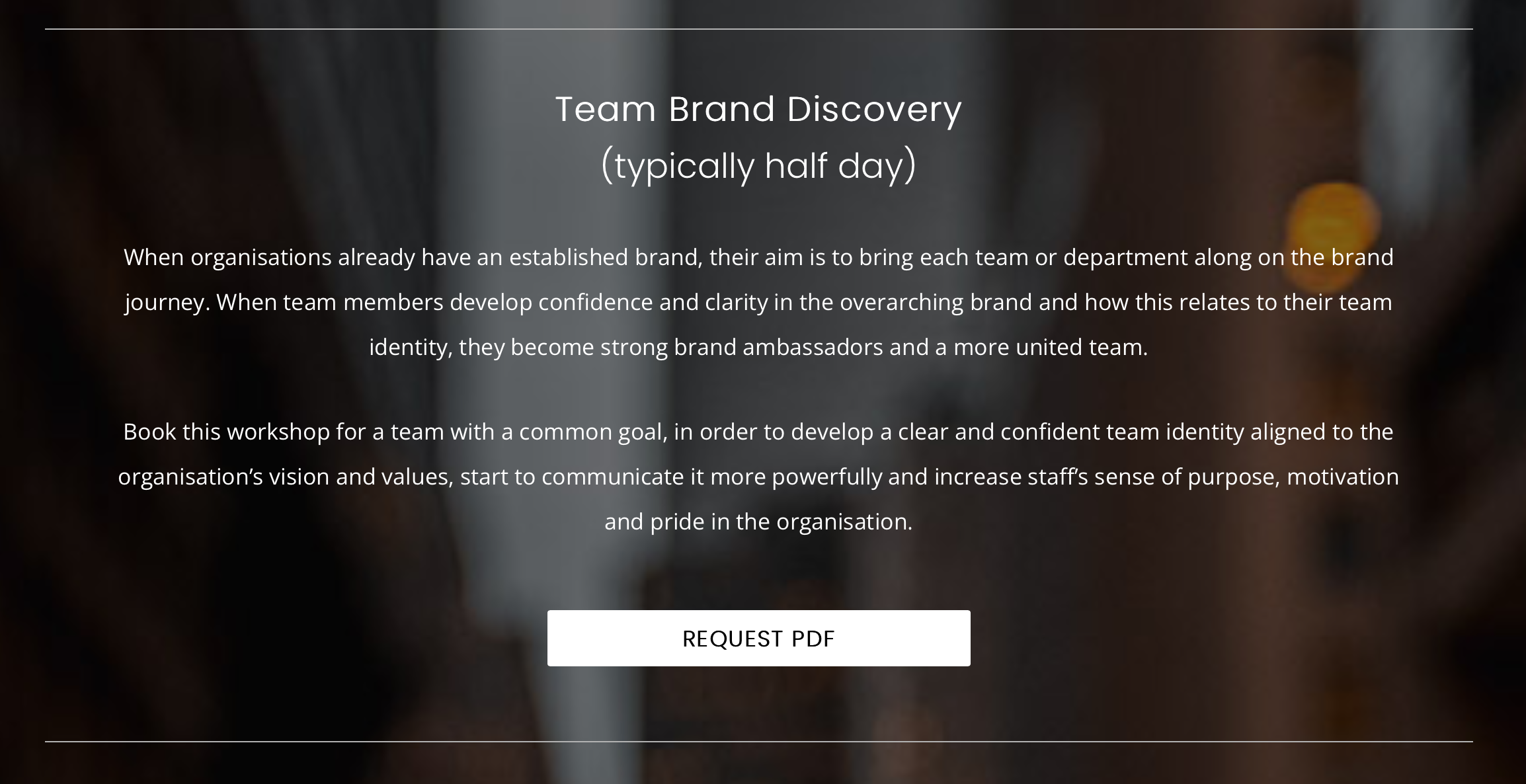Does your team have a defined professional approach?
Why defining your PROFESSIONAL APPROACH builds value and trust – and what to do about it.
One of the core tools I use with teams and organisations is NWC’s Team Brand Confidence Scale, which measures how clear and confident a team is on who they are, what they do and why that matters. I use this rating scale to find out how team members feel about the level of confidence in their team or department, when it comes to communicating their identity.
Low scores all round…
One thing on that rating scale that usually scores quite poorly is how well the team articulates their APPROACH to the work they do. Have they defined, as a team, HOW they do things, and why this makes a difference for clients, stakeholders, or the rest of the organisation?
I also observe that many senior leaders and business owners I work with haven’t taken time out to really define their own professional or leadership approach, so they can’t readily put it into words or call on it when they need to – such as in performance reviews, job interviews, in business development conversations with new clients… or when leading their team.
What do I mean by defining your ‘PROFESSIONAL APPROACH’ to the work you do?
An individual professional might have developed a personal approach to their work, whether overtly or naturally over time. This can include things like how they tackle a new project, what steps they take, how they measure progress, how they communicate with others and how they lead.
Similarly, a cohesive team can have a collective, agreed ‘approach’ to their work, and this could include:
- Team Purpose and Goals – what we care about making a difference in, what we focus on achieving together, what we measure
- Team values – what matters to us in how we do things, what we prioritise and celebrate, what are our non-negotiables in delivery
- Method – the frameworks, important steps, principles and approaches we take
- Systems and processes – how we structure our work
- Style – such as our communication style, relationship style, sales style etc.
As an example – here’s a high-level model of New Work Consulting’s differentiated approach, along with a core analysis tool to start a client’s exploration of opportunities, gaps and risks:

What does a defined approach get you?
Many of my individual clients are senior executives moving to portfolio careers or starting their own consultancy in their area of expertise. When these clients are formulating their offering, I encourage them to illustrate their approach in a model or graphic that simply and clearly defines how they do things – their method for getting results.
A visual model not only helps people to quickly understand HOW you achieve what you do, but it helps them remember you for that clear approach, which in turn:
- Builds trust in you as someone who has developed a time-tested method that achieves results.
- Creates ‘share-ability’ – your audience can easily articulate, demonstrate or point to your approach to others they wish to refer.
My team needs a PROFESSIONAL APPROACH. Where do we start?
As a team, how can you communicate your professional approach with more clarity and confidence?
Some first steps might include:
- Gather as a team to reflect on our ‘best practice’ – how do we do things, at our best, that works for us?
- Look for the differentiator and put language to it – how do we do things differently, that makes a meaningful difference to our stakeholders?
- Review company values and examine how they apply to our team in practical ways.
- Revise and recommit to what we are trying to achieve together and for others.
- Co-create a visual framework or model to illustrate your professional approach, and decide how you will use it to communicate with your audiences.

